Rose, D., & Martin, J. R. (2018). Leer para aprender. Lectura y escritura en las áreas del currículo [Learning to write/reading to learn: Genre knowledge and pedagogy in the Sydney School: scaffolding democracy in Literacy Classrooms]. (Francisco Lorenzo Bergillos)
Resumen
At some point in the modern European age, the concept of language in educationchanged drastically. While elites had been educated in a rhetorical tradition centred on command of texts, a new model took grammatical teaching as the focus of study of language. Salvador Gutiérrez Ordoñez, a member of the Royal Spanish Academy of the Language, described the move from rhetoric to grammar in his introductory speech, which he gave the expressive title From the art of grammar to communicative competence (2008). ,
From those distant beginnings, dozens of generations have suffered the rigours of grammar and, as Seneca said, feared the grammaticus. Students have for years faced a strange nomenclature, a set of rules that described the functioning of the linguistic system, attractive to specialists but obscure for the bulk of speakers. This tradition was followed by constructivist philosophy shaped by the principle that the development of language is born freely in the process of personal maturation from contact with language in natural settings. Traditional and constructivist models have dominated linguistic education with undeniable achievements such as universal literacy, but also obvious limitations: educational failure thanks to poor reading skills, low levels of literacy, and limited integration of student populations with different first languages. Perhaps most important of all is the unequal distribution of linguistic skills in society, as shown by the fact that the factor that most strongly predicts reading comprehension and the use of language in general is an individual’s socioeconomic profile. ,
The work reviewed here fits into this context. Leer para aprender focuses on command of the written medium as a way to access content and on academic reading as a way into knowledge. If this were all the book offered, it would simply state the obvious. However, this is just the foundation on which the authors build something unprecedented in the Spanish educational setting: a full proposal for linguistic education from the initial stages of education to the secondary level, which guarantees universal academic literacy. Put this way, the work can be seen as a panacea, the longed-for remedy for the great ills of the Western systems mentioned. For readers who are justifiably sceptical of miracle methods, the authors present two strong arguments. Leer para aprender has proven to be effective for students with difficulties in reference educational systems: for inclusion of socially-disadvantaged students in South Africa, for integration of Aboriginal students in Australia, and for students from immigrant groups who use a heritage language at home in Sweden. These are real settings where the proposal has been put to the test and has shown clear advances in reading competence and in the command of writing in general. In reality, the proposed method transcends the contextual features of the school population for a reason which is obvious to linguists: it concentrates on command of mechanisms at the sentence level and textual level which are shared by all languages, the mechanisms for linguistic consistency and cohesion. From this, the work’s second argument arises; Leer para aprender derives from the theory of language which is undoubtedly most sensitive to the reality of education and the use of language in society: systemic functional linguistics, which is described at the start of the book. ,
The first chapters provide a readable account of this trend. The story is well known; in post-war Britain, Basil Bernstein described a parallel between social structure and the structure of linguistic use, treating language as the origin of social exclusion based on educational failure. This theory of language, however, lacked a new linguistic model, one which would be developed throughout their lives by Halliday and Hasan and by the school they created, the Sydney School. Indeed the authors of this work are two leading members of this group: David Rose and Jim Martin. In effect, of all the places in the world where the new theory could appear, it had to be the antipodes of the imperial London which resisted an educational model committed to equality and social justice. Australia had large socially disadvantaged groups: the Irish Catholics who worked the land in adverse conditions, a growing multilingual population, and Aboriginal groups which sought to integrate into a model of an advanced country which saw education as the basis of prosperity. ,
It is in this context that the Writing Project and Write it Right projects appear, developed in poor Australian neighbourhoods, of which the first chapters of the work give a full account. These projects include a visible and highly practical pedagogy focussing on the use of texts in class and on students preparing various textual genres by presenting the different rhetorical steps or schemes that form them. In this way, over time students come to dominate written expression from its initial levels closest to speech to actual discourses, something the book constantly illustrates with real examples of students’ work. The book describes students’ progress, from the first poorly-articulated texts in the written medium up to, with time, command of the narrative text, selecting appropriate senses, linking ideas appropriately, and using connectors and effective forms of discourse cohesion. As the authors summarise it: “our aim was to ensure that the linguistic nature of the students’ writing became conscious so that language teaching was explicit” (Rose & Martin, 2018, p. 54). ,
Two ideas in this chapter enable us to understand fundamental notions in the Leer para aprender method. The first of these is the map of textual genres. This is a proposal for organising writing at different educational levels. In essence, the production of specific texts and genres that the students have to compose is planned. These are texts that are not organized into textual macrocategories (narrative, descriptive, or argumentative), but rather genres more specifically related to the subjects. For example, in history, texts can range from everyday stories or anecdotes to biographic narration or explanatory historical accounts. A large part of this functionalist method is revealing what language hides, either strategically to save resources or in a calculated way to hide meanings which someone does not want to make clear, sometimes concealing them for persuasive ends and sometimes for ideological ones. This is how the chapter considers the grammatical metaphor as an expression of how academic language packages information and presents difficulties for students who are not able to uncover the coherent grammar hidden behind it. ,
With texts selected from school textbooks and educational books on history and considering topics of great appeal to the reader, for example the invasion of Vietnam, the authors explain that historical discourse contains agents and events —military or political— which are encapsulated in clauses or nominal syntagms that are hard to understand. One virtue of this work, and the Sydney School in general, is that it identifies the texts’ challenges for reading and learning with extraordinary precision: coherence mechanisms, syntagmatic relationships, cause-effect relationships, and nominalisations. Among the latter, for example, students would have difficulties in identifying who resists what and who occupies what in this nominalisation: “During the war, Ho led the resistance against the Japanese occupation of Vietnam”. Furthermore, even with agents and people affected uncovered, immature readers will struggle to find the causes of the facts and will find it even harder to evaluate the historical event in all its complexity. ,
Expository prose, with its pronounced twists and turns, which the book describes, is as an obstacle to students processing senses and by extension knowledge. Therefore, and this is another premise on which the third chapter is based, educational systems need to promote an integrated literacy. With this concept the authors explain that literacy —this could also be called advanced literacy or academic language proficiency more in line with Cummins’s CALP concept— should be integrated into all areas of the curriculum. The work shows, therefore, that all teachers teach language; it proposes a solid programme for implementing it, and it identifies the difficulties in the key subjects, the sciences and history, fundamentally. ,
The extensive fourth chapter details the foundations of the programme in the classroom; that is, how to rewrite complex texts, jointly at first and later individually. To do this, students have to take ownership of linguistic resources. Chapter five considers this process of ownership. Students can work on particular prototypical activities: rewriting using sentence patterns, breaking down metaphors, underlining parts of the text that would normally go unnoticed, handling technical language, expanding notes. From there until they attain command of rhetorical resources for persuading. This book is packed with information and rich in authentic examples from school texts, ranging from primary-school texts (the story of Fantastic Mr Fox) up to the division of materials that conduct electricity in the compulsory secondary education science course (classifying exposition). As a whole, Leer para aprender provides a complete cycle of teaching-learning to attain command of writing and shows that reducing the skills gap between good students and students with difficulties is feasible with guided practice in class. This aspect of the book is praiseworthy, its unwavering commitment to inclusive education in periods marked by differentiated and separate education, or any type of education not committed to equity and social justice. The authors are very grateful in this regard. In this way they join authors like Felipe Zayas, who we include here as an exponent of a textual-linguistic educational tradition (see for example Zayas, 2012). ,
This book cannot be considered without recognising one of its advocates, Rachel Whittaker, an academic who for years has been committed to the Spanish university from her post at the Universidad Autónoma de Madrid. She was the instigator of this work, has provided the exact terminology in a clear and engaging translation, and has offered something which studies on education in Spain often lack: an international vision which is undoubtedly applicable to our context. The TEL4ELE project bears witness to this (http://www.telcon2013.com/es/presentacion/), an ambitious Comenius project including researchers and teachers from different regions of Spain who adapted the Reading to learn model to the national curricula and to the characteristics of Spain’s educational system. Along with Rachel, Isabel García Parejo, a researcher from the Faculty of Education at the Universidad Complutense de Madrid and coordinator of the Multilingualism, Literacy and Education Forum. ,
In summary, this book is essential for trainee teachers, necessary for sensitive teachers, and recommended for any professionals who have not crossed off their lists the old principles that give sense to education: social engagement from the classroom. ,
Francisco Lorenzo Bergillos ■ ,,
References ,
Zayas, F. (2012). Los géneros discursivos y la enseñanza de la composición escrita. Revista Iberoamericana de Educación, 59, 63-85.
Citación recomendada | Recommended citation
Bergillos, F. L.
(2023)
.
Rose, D., & Martin, J. R. (2018). Leer para aprender. Lectura y escritura en las áreas del currículo [Learning to write/reading to learn: Genre knowledge and pedagogy in the Sydney School: scaffolding democracy in Literacy Classrooms]. (Francisco Lorenzo Bergillos).
Revista Española de Pedagogía(1).
https://www.revistadepedagogia.org/rep/vol0/iss1/12
Licencia Creative Commons | Creative Commons License
Esta obra está bajo una licencia internacional Creative Commons Atribución-NoComercial 4.0.
This work is licensed under a Creative Commons Attribution-NonCommercial 4.0 International License
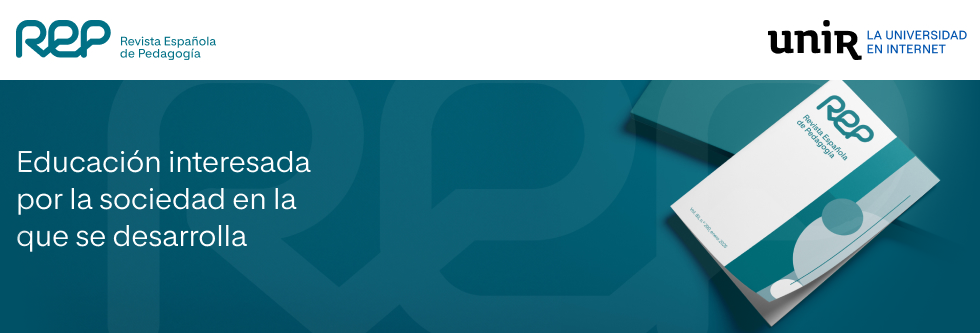



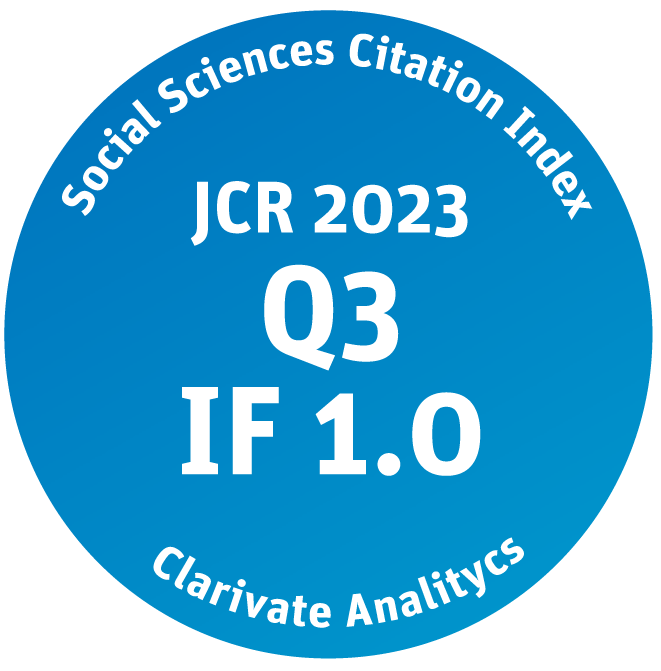
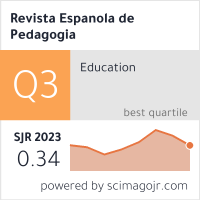
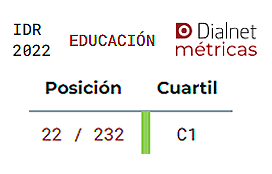
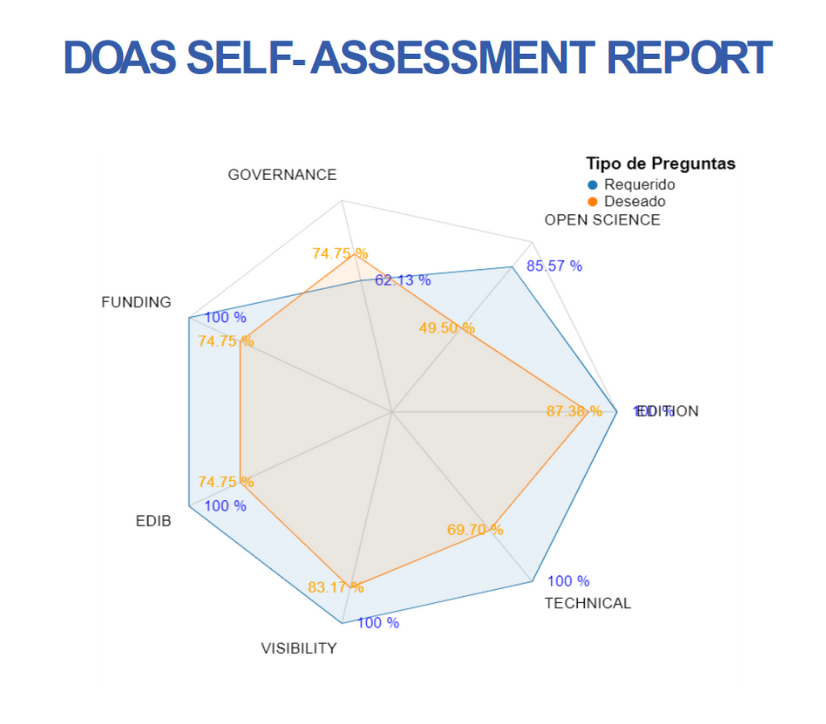

Commentarios | Comments
Rose, D., & Martin, J. R. (2018).